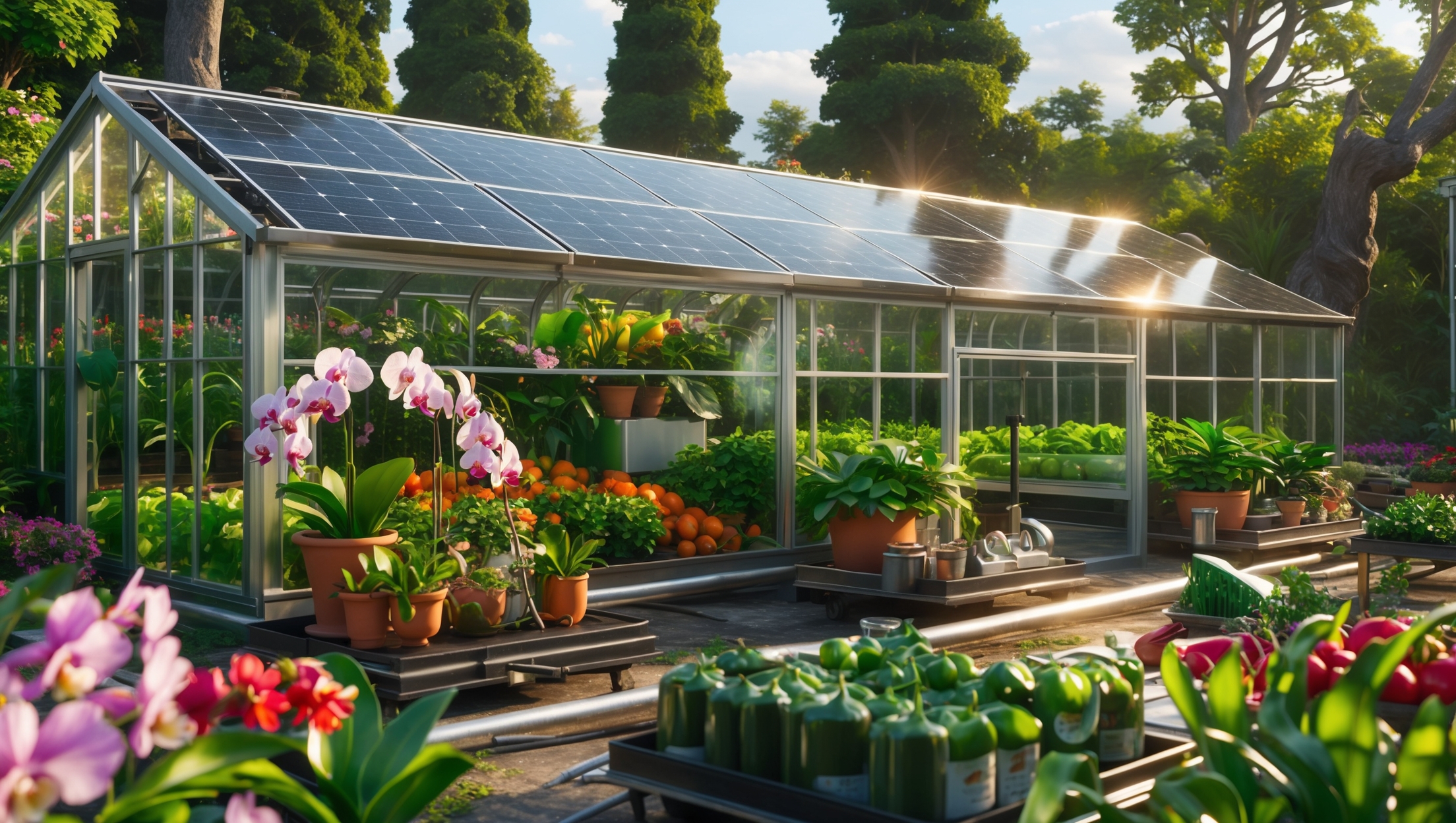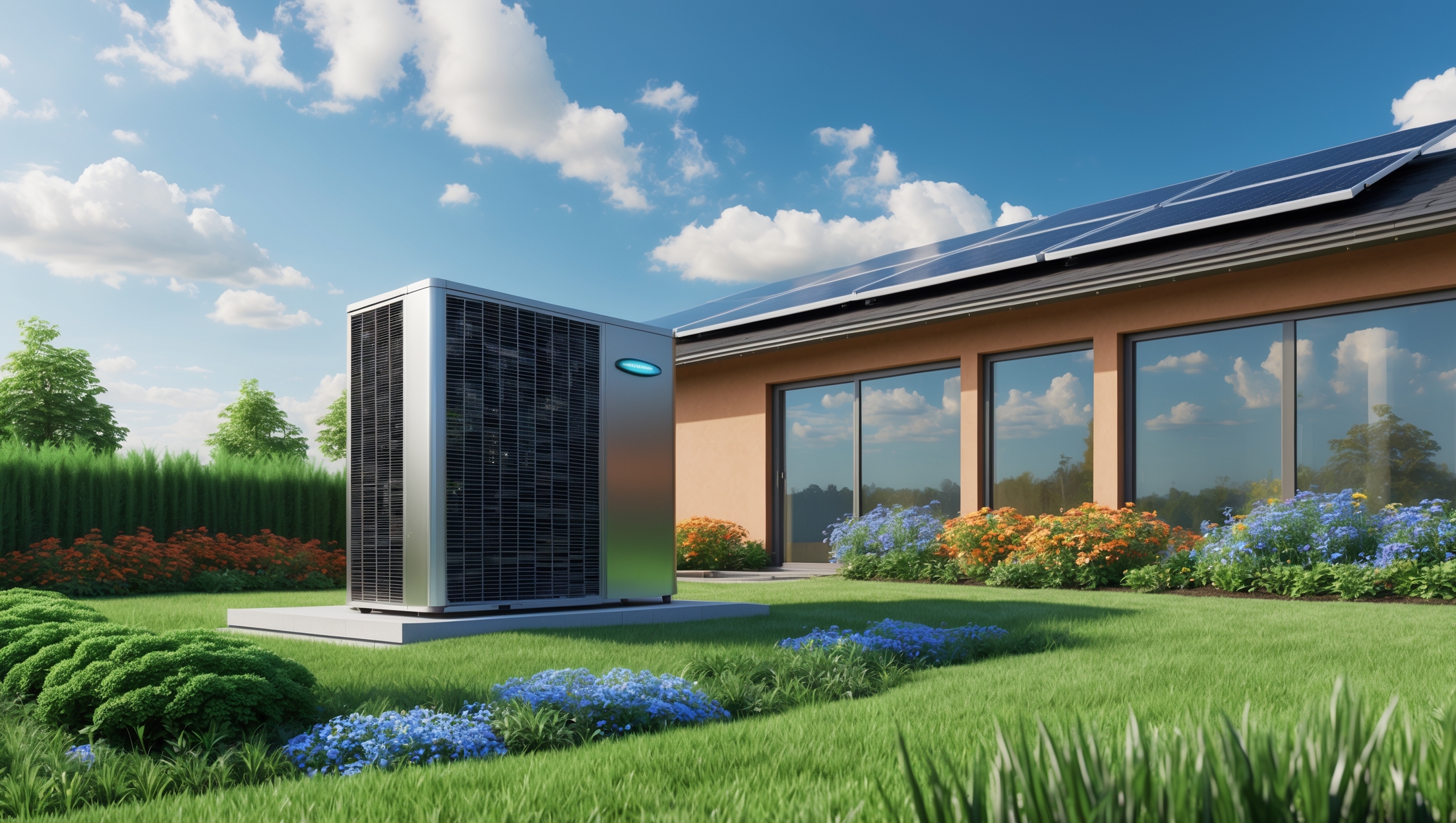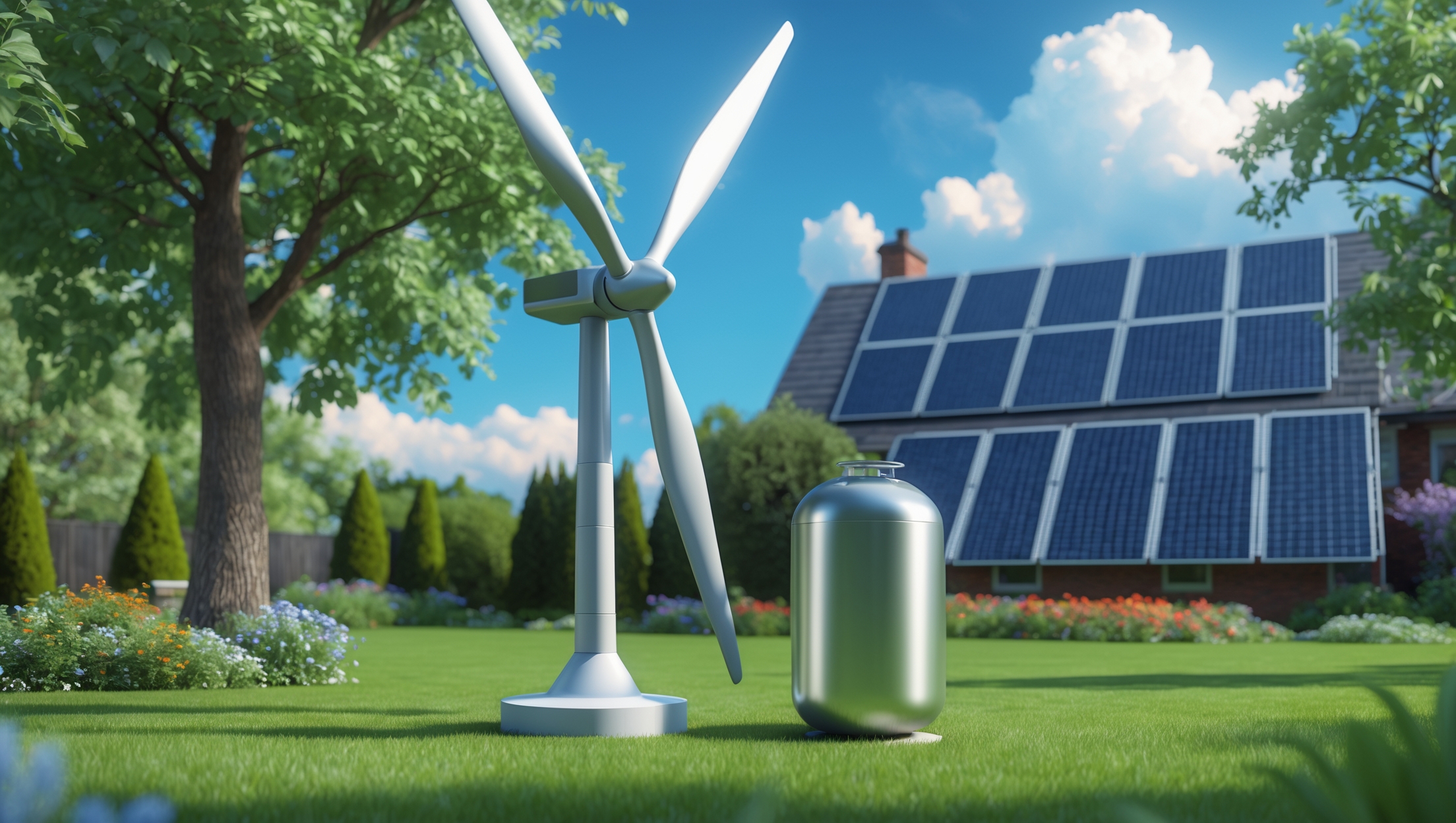Introduction: Why Seasonal Maintenance Matters for Solar-Powered Greenhouses
Solar-powered greenhouses are a cornerstone of sustainable living, combining renewable energy with efficient food production. However, their year-round performance hinges on proper, season-specific maintenance. Neglected systems can quickly lose efficiency, leading to poor plant growth, higher operational costs, and even equipment failure. Seasonal changes impact everything from energy generation to pest pressures, humidity, and plant requirements. That’s why a detailed, proactive maintenance routine—tailored to each season—is essential for maximizing your investment, ensuring optimal plant health, and reducing long-term costs. In this guide, you’ll find a comprehensive, actionable checklist for maintaining your home solar-powered greenhouse throughout the year, including practical tips on energy management, climate control, water systems, structural components, and plant care. Whether you’re a new greenhouse owner or a seasoned grower looking to optimize your setup, this resource will help you anticipate challenges, prevent common issues, and keep your greenhouse thriving, no matter the season.
Spring Maintenance: Preparing for Growth and Increasing Solar Output
Inspect and Clean Solar Panels
With longer daylight hours and increasing sun intensity, spring is the perfect time to maximize solar energy capture. Dust, pollen, and debris can reduce panel efficiency by up to 20%.
- Use a soft brush or hose to gently remove loose debris.
- For stubborn grime, apply a mild, non-abrasive soap with a soft cloth.
- Check for cracks, loose wiring, or shading from overgrown trees and trim as needed.
Test Battery Storage and Inverters
Winter can be hard on battery systems. Inspect for corrosion, test voltages, and ensure all connections are tight. Update inverter firmware if applicable and check for error logs.
Assess Structural Integrity
- Look for leaks or damage caused by winter storms—especially at panel mounts, seals, and glazing.
- Repair any cracks or gaps to prevent pest entry and energy loss.
Calibrate Climate Control Systems
- Check thermostats, fans, vents, and automated louvre systems for proper operation.
- Clean and lubricate moving parts. Replace filters in ventilation systems.
Prepare for Planting
- Sanitize benches, trays, and tools to minimize disease risk.
- Test soil and hydroponic nutrient solutions. Adjust pH and nutrients for spring crops.
- Check irrigation lines for clogs or leaks and flush the system.
Summer Maintenance: Managing Heat, Humidity, and Peak Energy Loads
Monitor and Optimize Solar Output
- Inspect solar panels monthly for dust, bird droppings, or new shading from summer growth. Clean as needed.
- Check battery charge cycles and inverter efficiency weekly—high loads can reveal hidden issues.
Enhance Cooling and Ventilation
- Ensure all fans, vents, and shade cloths are functional. Clean fan blades and louvers.
- Install or adjust shading as needed to prevent plant heat stress.
- Check for condensation buildup and adjust humidity controls to prevent mold.
Irrigation and Water Management
- Inspect drip lines and emitters for blockages—algae and mineral buildup are common in summer.
- Test backup water pumps (if solar-powered) for reliable operation.
- Regularly check water storage tanks for leaks and clean them to prevent microbial growth.
Pest and Disease Prevention
- Scout for pest hotspots weekly; warm weather accelerates infestations.
- Maintain physical barriers and sticky traps. Use biological controls where possible.
- Disinfect pruning tools after use.
Mid-Summer System Audit
- Review energy production versus consumption—consider adding temporary panels if loads are higher than anticipated.
- Check for signs of heat damage to wiring, junction boxes, and sensors.
Fall Maintenance: Transitioning from Peak Growth to Energy Conservation
Clean and Inspect Solar Panels
As leaves fall, regularly remove debris from panels and gutters. Fallen organic matter can quickly reduce output and cause water pooling issues.
Battery and Backup System Readiness
- Test backup power supplies in anticipation of shorter days and cloudier weather.
- Equalize batteries (if lead-acid) to prevent sulfation.
- Check insulation on battery housings for rodent damage or moisture intrusion.
Structural Preparation for Winter
- Inspect and reinforce joints, glazing, and door seals.
- Apply weatherproofing where needed.
Climate Control Adjustments
- Recalibrate thermostats for cooler nights.
- Test heating systems or solar thermal collectors for reliable startup.
Soil and Plant Care
- Remove spent crops and compost disease-free plant matter.
- Test and amend soil or hydroponic reservoirs for fall and winter crops.
- Mulch beds to retain warmth and moisture.
Winter Maintenance: Ensuring Reliability and Protecting Your Investment
Solar Panel Snow and Ice Management
- Gently remove snow accumulation with a soft snow rake—never use metal tools.
- Check for ice dams around panel mounts and clear gutters to prevent water backup.
- Inspect for shading from snow drifts or structural overhangs.
Maximize Light and Heat Retention
- Wash interior glazing to maximize available sunlight.
- Use reflective insulation or bubble wrap on north-facing walls.
- Seal drafts with weather-stripping or caulk.
Monitor Energy Storage and Consumption
- Check battery state-of-charge daily during prolonged cloudy periods.
- Test backup heating systems (solar, propane, or electric) monthly.
- Reduce non-essential electrical loads to conserve stored energy.
Prevent Freezing and Moisture Issues
- Insulate exposed water lines and reservoirs.
- Test heaters in water tanks and verify automatic shutoffs.
- Check for condensation on structural components and ventilate to prevent rot or rust.
Plant and Soil Care
- Monitor for fungal diseases, which thrive in cool, damp air.
- Water early in the day to reduce overnight humidity spikes.
- Rotate crops to minimize pest buildup.
Annual Deep-Dive: System Performance Review and Upgrades
Evaluate Solar System Performance
- Analyze year-long energy generation and consumption data.
- Check for declining output—could indicate aging panels, dirty surfaces, or shading issues.
- Schedule professional inspection every 2–3 years for larger systems.
Review and Upgrade Automation
- Update software for climate controllers, irrigation timers, and monitoring systems.
- Calibrate all sensors (temperature, humidity, soil moisture).
- Consider integrating weather-predictive automation for greater efficiency.
Infrastructure and Expansion Planning
- Assess need for additional panels, batteries, or smart controls based on changing plant loads or climate conditions.
- Inspect and upgrade insulation, glazing, or thermal mass for better winter performance.
Quick-Reference: Seasonal Maintenance Checklist
- Spring: Clean panels, test batteries, calibrate climate controls, prep for planting.
- Summer: Monitor cooling, clean panels, maintain irrigation, scout for pests.
- Fall: Clean panels, test backup systems, reinforce structure, prep soil.
- Winter: Manage snow/ice, maximize light, conserve energy, prevent freezing.
- Annual: Review system data, calibrate automation, plan upgrades.
Conclusion: Sustainable Success Through Proactive Maintenance
Maintaining a solar-powered greenhouse is about more than protecting your equipment—it’s about ensuring the health of your plants, the efficiency of your energy system, and the reliability of your food production year-round. Each season brings distinct challenges and opportunities, from optimizing solar capture in the spring and summer to safeguarding systems against winter’s harshest conditions. By following a structured, seasonal maintenance routine, you can prevent costly failures, reduce downtime, and extend the lifespan of every major component. This proactive approach not only safeguards your investment but also reinforces the core principles of sustainable living: resilience, resourcefulness, and respect for the environment. Over time, you’ll become attuned to the rhythms of your greenhouse, noticing small issues before they become major setbacks and continually improving your setup for greater yields and lower impacts. Whether you’re growing food for your family, reducing your carbon footprint, or experimenting with new crops, consistent seasonal maintenance is the key to sustainable, successful greenhouse gardening. Commit to these practices, and your solar-powered greenhouse will reward you with healthy plants, reliable energy, and peace of mind in every season.





When you mention cleaning solar panels in spring, is it safe to just use tap water, or should I use distilled water to avoid leaving any mineral deposits? Also, how often would you recommend cleaning in areas with a lot of pollen?
Using distilled water is best for cleaning solar panels because it prevents mineral spots, but tap water is generally fine if it’s not very hard. If you notice residue after cleaning with tap water, switching to distilled helps avoid streaks. During heavy pollen seasons, you might need to clean panels every 2–4 weeks to maintain optimal performance.